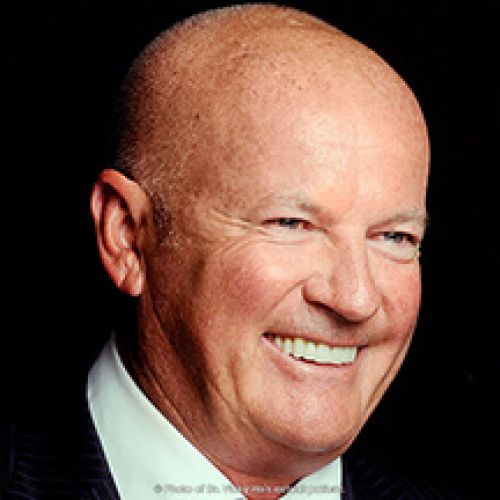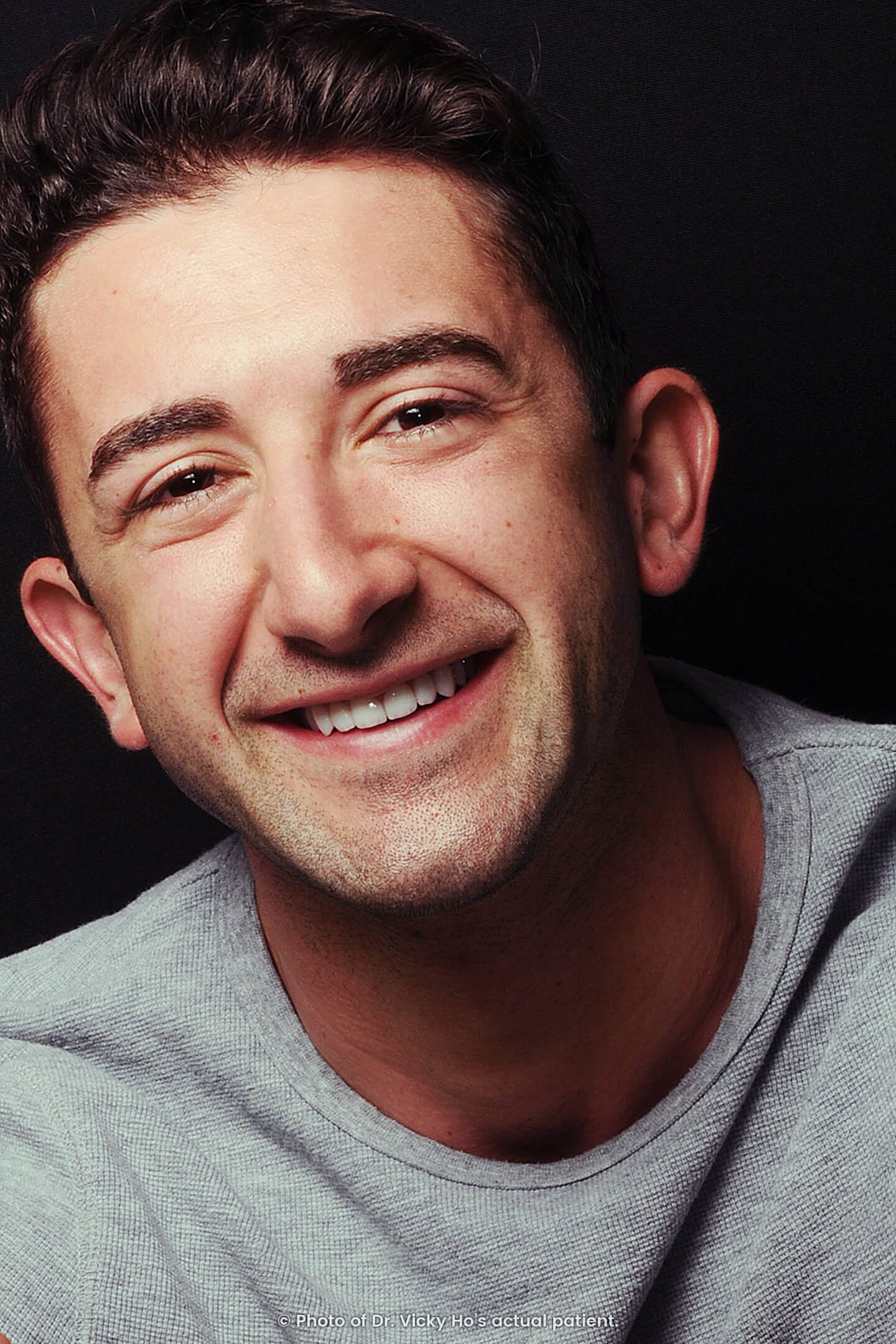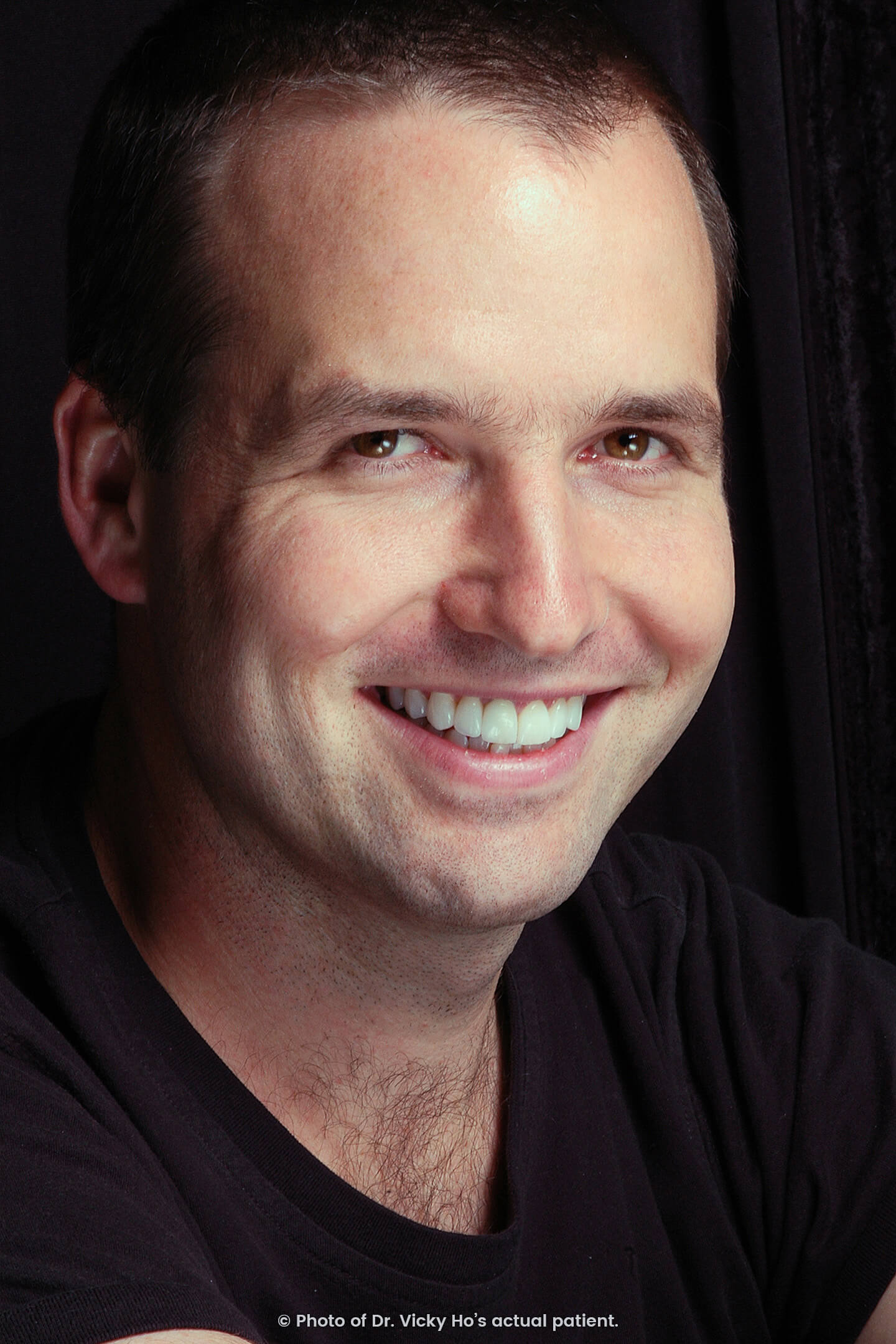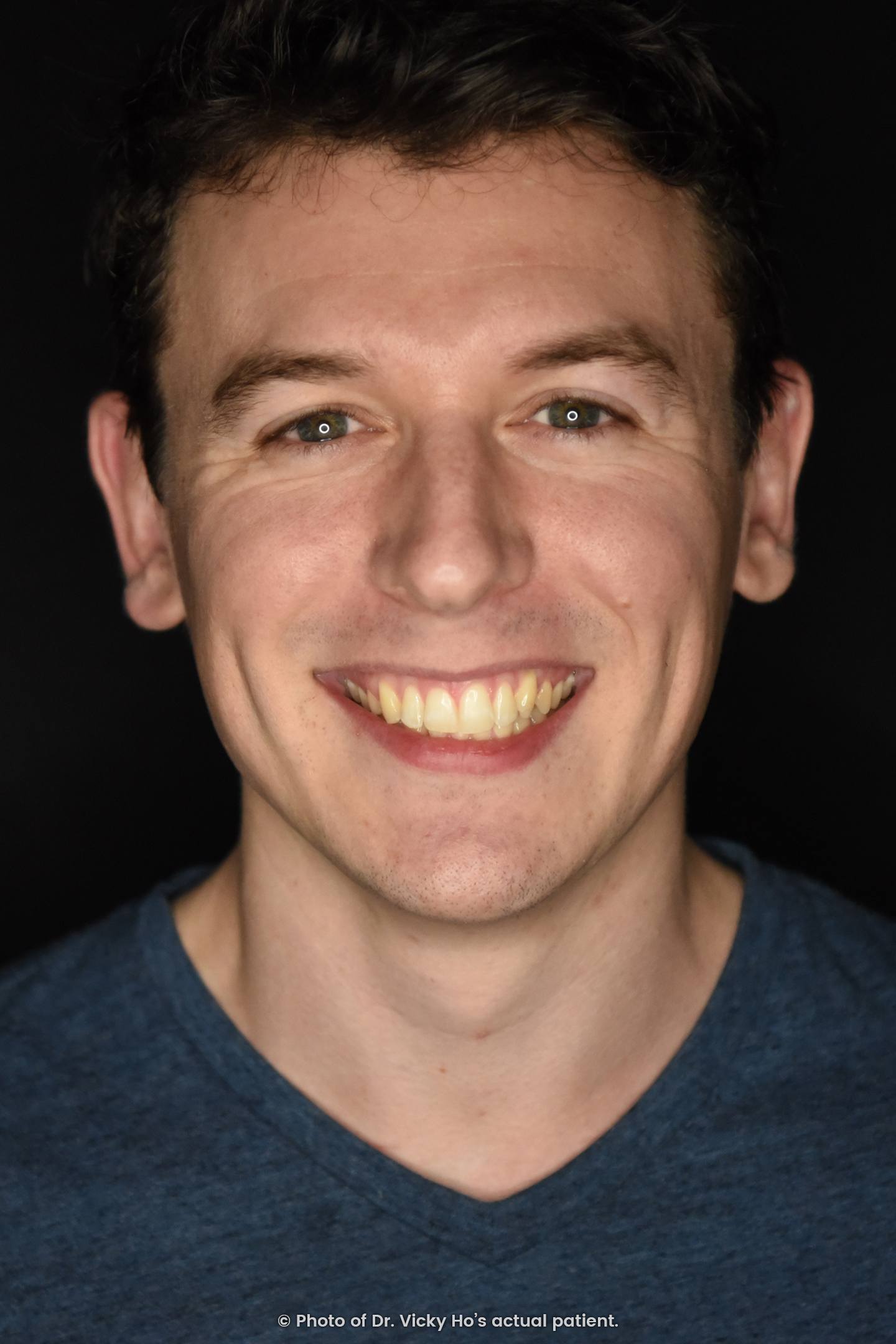Cosmetic Dentistry
Through cosmetic dentistry, Dr. Vicky and her team has been able to help countless patients get the smile they deserve! Some individuals feel they have to keep their smiles hidden because they are embarrassed by the appearance of their teeth. Fortunately, cosmetic dental services such as teeth whitening or porcelain veneers make it possible for these individuals to restore beauty and vibrancy to their teeth, allowing them once again to smile with pride and confidence. Dr. Vicky is ready to help you get the smile you want, today…

 Free Smile Assessment
Free Smile Assessment 






























































